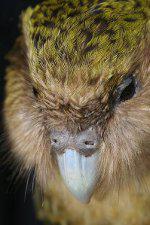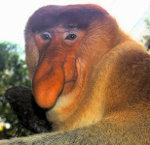 Although many of the world's hundreds of thousands of islands appear to be isolated and barely inhabited, these individual eco-systems are actually home to some of the rarest and weirdest species on the planet that have evolved in these remote regions without disturbance for thousands, if not millions of years.
Although many of the world's hundreds of thousands of islands appear to be isolated and barely inhabited, these individual eco-systems are actually home to some of the rarest and weirdest species on the planet that have evolved in these remote regions without disturbance for thousands, if not millions of years.Island species differ greatly from place to place as they have each adapted individually in these unique habitats, and historically, often without the presence of both large and small mammalian predators. This has led to numerous species behaving in ways not seen in other areas of the world, as this has been their most effective course of survival.

The large island of Madagascar also has it's fair share of animals that are found exclusively in it's dwindling forests with the most famous being the nearly 100 different species of Lemur. The island's largest predator is the Fossa and this nocturnal, agile creature has evolved perfectly for catching Lemurs in the trees.


